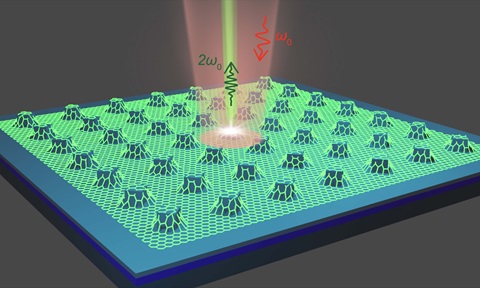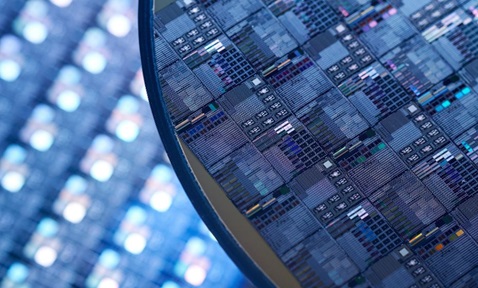
Magnetic Random Number Generator for “Physically Unclonable Function” PUF in IC Design
Synopsis
This magnetic device functions as a "Physically Unclonable Function" (PUF) for random number generation, enhancing hardware security in applications such as secure key storage, device authentication, anti-counterfeiting, and Internet-of-Things (IoT) protection. The intrinsic link between response randomness and hardware characteristics ensures robust security against traditional attacks.
Opportunity
This invention generates random numbers and serves as a "Physically Unclonable Function” (PUF) in the integrated circuit (IC) industry. PUF technology creates a unique digital fingerprint for physical objects, such as microchips or integrated circuits. This unique response can act as a cryptographic key, aiding in device authentication and identity verification. Due to their uniqueness, PUFs are difficult to clone or replicate, making them invaluable for enhancing hardware security. Applications include secure key storage, device authentication, and anti-counterfeiting measures—securing IoT devices, protecting hardware-based cryptographic keys, and ensuring the authenticity of electronic components.
Technology
This technology presents a true magnetic random number generator. It utilises stochastic processes in domain wall generation within perpendicular magnetic anisotropy (PMA) Hall cross nanostructures. Conventionally, Hall cross structures detect magnetisation reversal through domain wall (DW) nucleation using localised Oersted fields. Here, DW nucleation in Hall cross PMA nanowires is achieved using in-plane pulsed currents. The change in Hall resistance, detected using the anomalous Hall effect, depends on current density and pulse width. Kerr imaging demonstrates multiple DW nucleations, showing the stochastic nature of the DW nucleation process. The signal at the Hall bar varies randomly with current pulses, functioning as a random number generator. By increasing the number of Hall bars, n bits can be generated with n Hall bars, and the number can be read directly via Hall resistance without additional read heads. The use of magnetic generators enhances the capability of physically unclonable functions in IC design.

Figure 1: (a) Scanning electron microscopy of the magnetic RNG structure and schematic of the RNG device measurement set-up. (b) Magneto-optical Kerr imaging shows multiple domain nucleation near the Hall (read) probe. (c) Preliminary entropy test shows sufficient random analog output voltage, each run corresponds to input pulse voltage.
Applications & Advantages
Primary applications:
- Secure/cryptographic key generation for secure communication.
- Hardware authentication (e.g., magnetic fingerprint).
- Anti-counterfeiting and tamper detection.
- Biometric authentication.
Advantages:
- The randomness of the response is intrinsically tied to the physical characteristics of the hardware or the domain-nucleation, making it resistant to traditional attacks like software-based hacks or cloning attempts.




.tmb-listing.jpg?Culture=en&sfvrsn=3b74ec1c_1)


.tmb-listing.jpg?Culture=en&sfvrsn=414f0d90_1)







